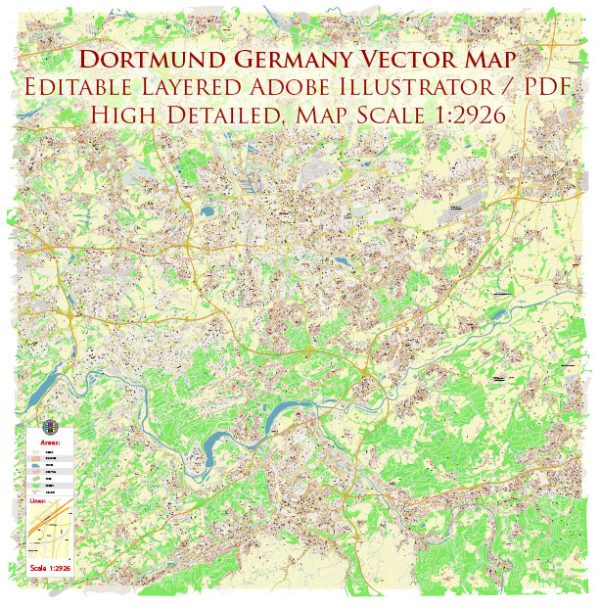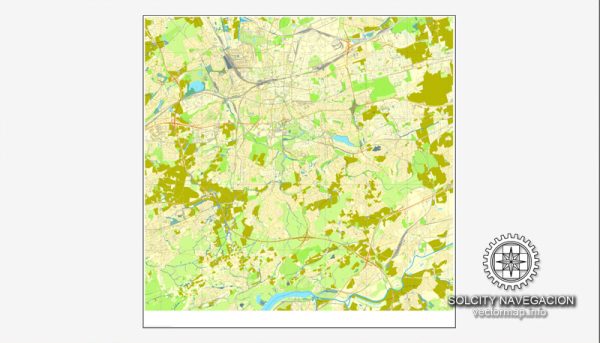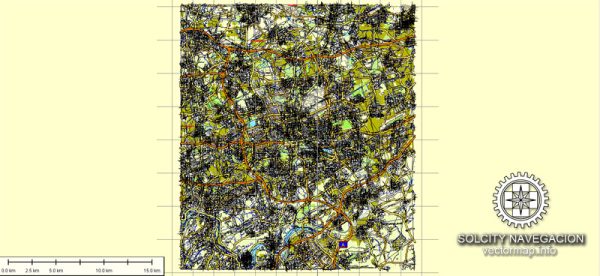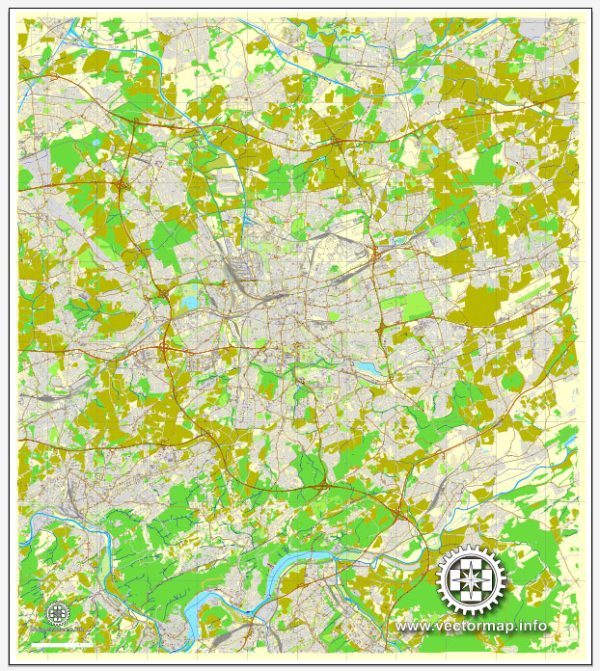Dortmund is a city located in the western part of Germany, in the state of North Rhine-Westphalia. Its history is rich and diverse, reflecting the broader historical developments of the region and the country as a whole. Here is a brief overview of Dortmund’s history:
- Early History: The area around Dortmund has been inhabited for thousands of years. It was once part of the ancient Roman province of Germania, and the Romans established a military camp here.
- Medieval Period: Dortmund’s history as a town begins in the early Middle Ages when it was founded as a trading and market town. In the 13th century, it became a member of the Hanseatic League, a powerful trade organization that facilitated commerce across Northern Europe.
- Industrialization: Dortmund’s history is closely tied to the Industrial Revolution, which brought about significant economic growth and population expansion. The city became a hub for coal mining and steel production. This industrialization led to rapid urbanization, with many people moving to the city for work.
- World War II: During World War II, Dortmund suffered significant damage due to Allied bombing raids. Much of the city was destroyed, and the post-war period saw extensive reconstruction.
- Post-War Era: After World War II, Dortmund played a crucial role in the economic recovery of West Germany. The coal and steel industries remained vital, and the city continued to develop as a center for manufacturing and commerce.
- Modern Era: In the late 20th century, Dortmund’s economy diversified, and it became known as a center for technology, education, and culture. The city is home to several universities, museums, and cultural institutions. It also hosted matches during the 2006 FIFA World Cup and has a strong tradition of sports, particularly football, with Borussia Dortmund being one of the most famous football clubs in Germany.
- Today: Dortmund is a vibrant and dynamic city known for its modern infrastructure, cultural events, and historical landmarks. The city’s industrial heritage is still visible in some areas, while others have been transformed into green spaces and recreational areas. Dortmund is an important center of commerce and industry in North Rhine-Westphalia and continues to be a significant cultural and economic hub.
Dortmund’s history reflects the broader transformation of Germany from an agrarian society to a leading industrial and technological nation. Today, it is a city that combines its historical roots with a modern and forward-looking approach to culture, commerce, and education.





 Author: Kirill Shrayber, Ph.D.
Author: Kirill Shrayber, Ph.D.